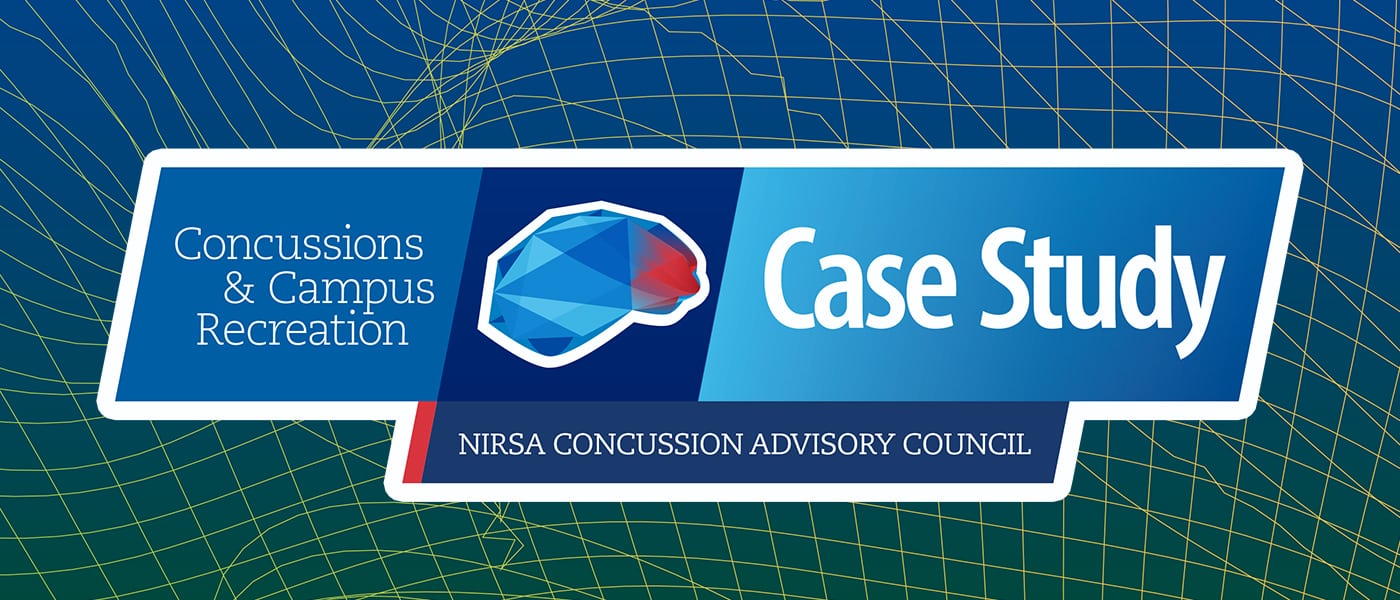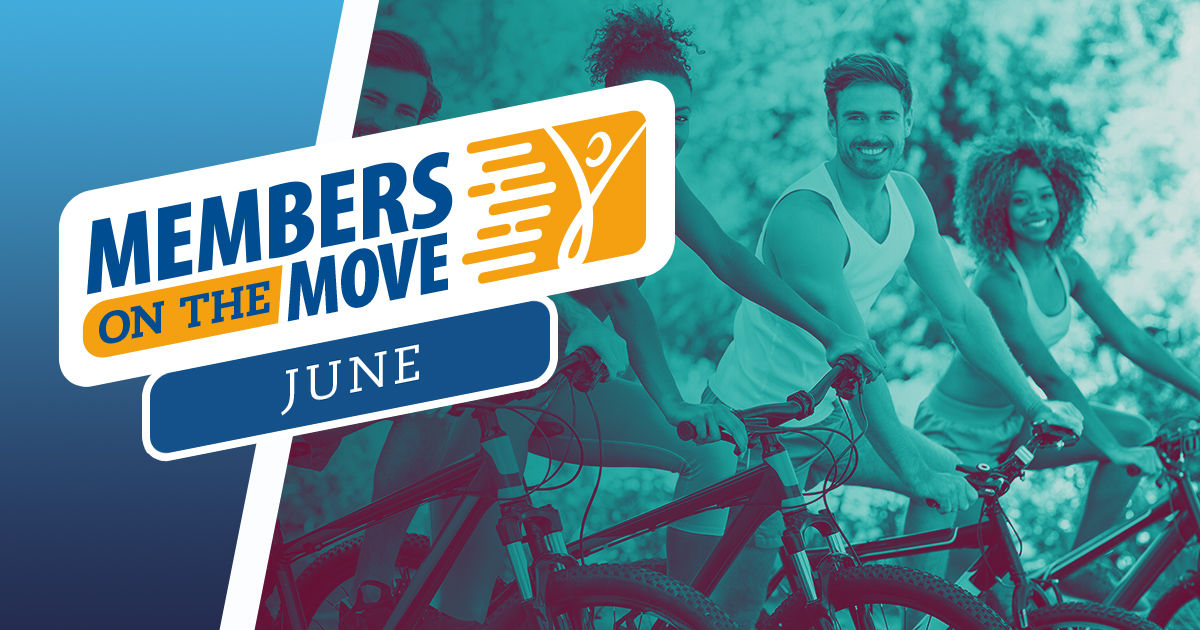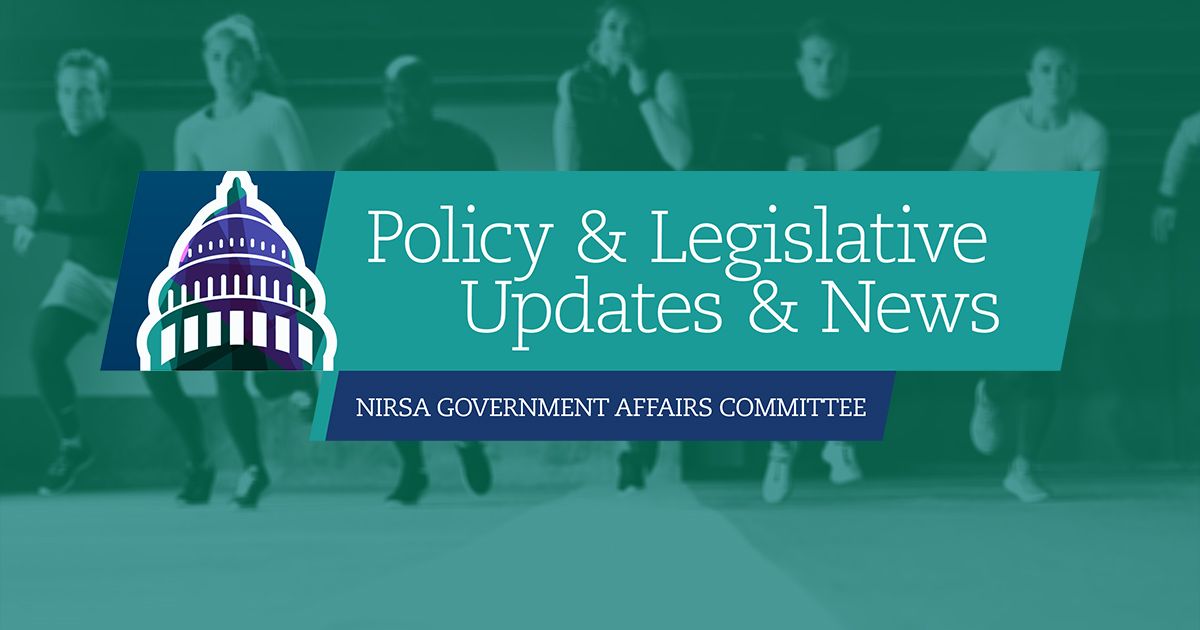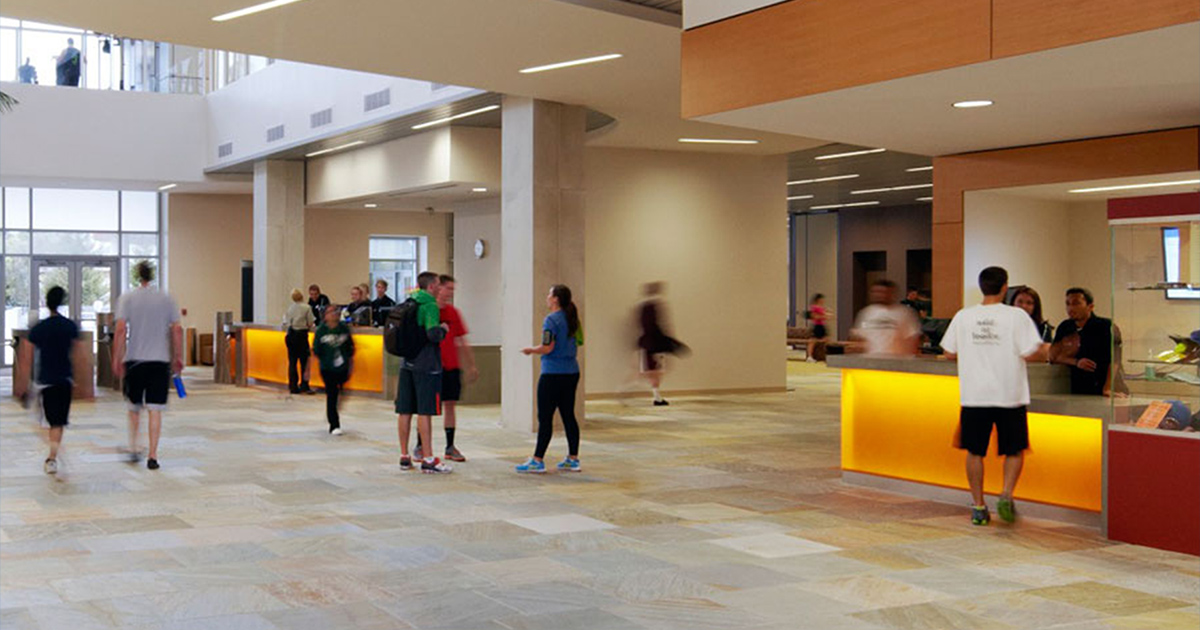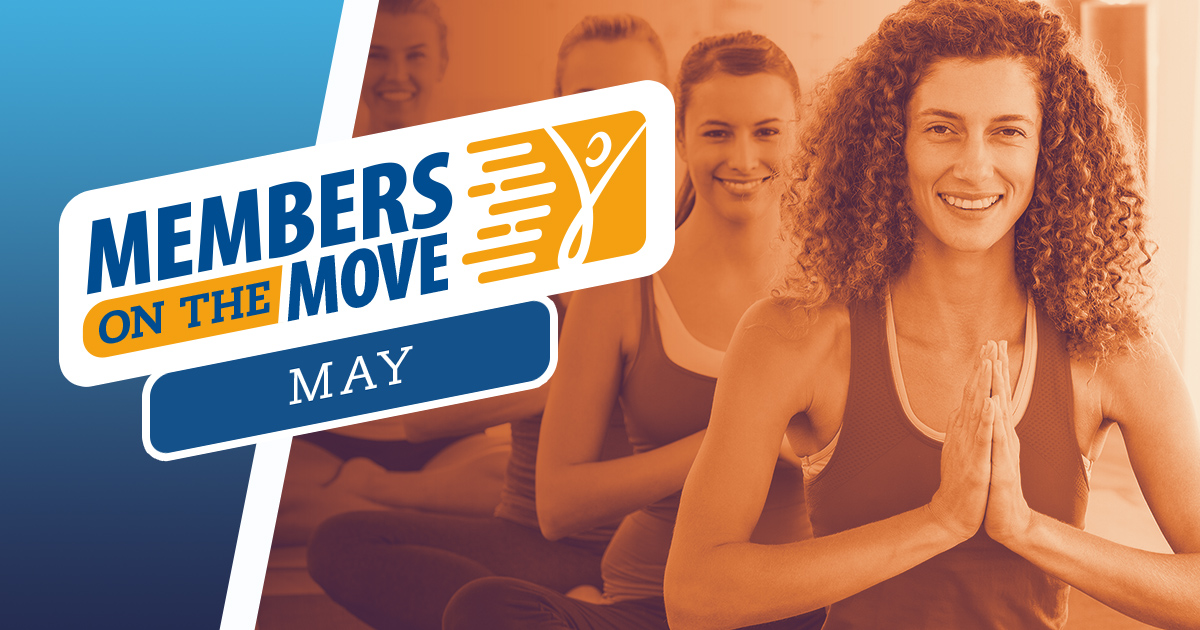The NIRSA Concussion Advisory Council has been working to develop a series of concussion-focused resources, including case studies to give our campus recreation colleagues from across North America some insight into various approaches to implementing concussion protocols.
Elon University is pleased to share this entry in the series.
Background
Elon University implemented a concussion management policy for its club sport program after employing a full-time athletic trainer for club sports and recreation services. The concussion management policy affects over 1,000 club participants and has seen improvements and challenges over the two years it has been in place. The varsity concussion management policy at the same university was used to draft the club sport concussion management policy. The modifications included the method of athlete education about concussions, the concussion baseline testing requirements, and the referral process to supervising physicians for those with a suspected concussion.
Club sport athletes are required to read the NCAA Concussion Fact Sheet for Athletes through an online athlete portal. This same portal requires the athletes to complete and sign a form where they acknowledge that they understand what concussion symptoms can be and that they are expected to report any symptoms experienced by themselves or others to the club sports athletic trainer. Club sport coaches and Campus Recreation staff present during practices and games are also educated on concussion signs and symptoms so that the athletic trainer can be informed of any possible occurrence.
Individual club sports were also broken into tiers based on risk with the highest-risk sports scheduled for baseline testing first. Twelve sports were tested the first year and consisted of men’s and women’s rugby, lacrosse, soccer, equestrian, and basketball, as well as men’s baseball, women’s field hockey, and men’s ice hockey. The ImPACTtm test was administered with help from the Elon BrainCARE. SCAT3 baseline testing was attempted so that balance scores could be measured; however, the athletic trainer was not able to continue SCAT3 baseline testing due to the high number of athletes and the amount of time it takes to administer the test to individual athletes. Three sports were added during the second year (to total 15 teams); these teams included men’s and women’s ultimate frisbee and softball.
The athletic trainer was present at most of the club sport home games and held office hours for injury evaluations, treatments, rehabilitations, and follow-ups. During the two years since implementation of the concussion management policy, the AT has had 894 club athletes complete neurocognitive concussion baseline testing (ImPACTtm and King Devick) and has assessed 32 concussions experienced by club athletes.
Moreover, the AT has seen improvements in the forms of awareness and communication among club athletes about concussions and the seriousness of reporting injuries to the athletic trainer. During the first year of the AT’s employment just over 50% of the athletes with diagnosed concussions chose to follow-up with the athletic trainer for assessments, while 100% of the athletes known to have concussions consistently followed up with the athletic trainer during the Spring semester of2016.
Lessons learned
Challenges of implementing a concussion management program in club sports is connected to the high volume of participants and the nature of recreational participation. There are many athletes on teams that come and go as they please and are not bound to club sports in the same way that varsity athletes are required to attend meetings, practices, and games for their sports. Also, club athletes are not required to see specific physicians and can choose to go to the health center for medical needs, to urgent cares or other physicians, or even travel back home to see their primary care physician.
Additionally, injury follow-ups can be challenging when it is more difficult to receive documentation from physicians that are not already linked to the athletic trainer or to the university. The biggest challenge that the athletic trainer at Elon University experienced was with return to play progression supervision. Many times, the athletic trainer shared the return to play steps with the club athlete and followed-up with the athlete during the steps but was not able to physically supervise the return to play progression due to scheduling conflicts. This challenge can be addressed by adding more athletic trainers for club sports and having coaches or club leaders assist in RTP adherence so that club athletes are not tempted to skip steps or omit symptoms that occurred during activity when reporting progress to the athletic trainer.
- For more information, contact NIRSA Headquarters.
- If you are interested in highlighting your campus or a NIRSA member’s achievements on your campus, pitch us your ideas.


